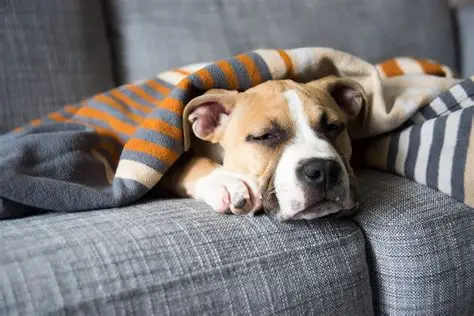The Off-Duty Hack is designed to create a predictable pattern for dogs who become over-excited, anxious, or reactive when guests come to the home.
For many dogs, visitors are a highly charged event. Their reactions can range from ecstatic—bursting with joy at the prospect of a new friend—to deeply conflicted or fearful about “intruders.” Some may feel ambiguous or threatened by the presence of strangers, while others are prepared to defend their territory and their people.
Rethinking the Front Door Struggle
Traditionally, we’ve tried to handle this challenge the hard way—right at the front door. We cue, command, or distract the dog while simultaneously attempting to welcome a guest, often with nervous laughter or reassurance that “he’s friendly.” The result? Everyone feels tense. The guest is uncomfortable, and the dog senses that we’re not fully in control of the situation.
The Off-Duty Hack takes a different approach. Instead of trying to control the dog, we control the environment. We create a system that communicates calm leadership and shows our dogs that we’ve got this covered.
Setting Up the Off-Duty Station
Before guests arrive, decide where your dog’s Off-Duty space will be. This should be:
- A secure and comfortable area (such as behind a baby gate or on a tether).
- Equipped with a cozy bed or mat.
- Positioned so your dog can see you greeting guests but can’t rush the door.
Prepare 2–5 highly valuable chews or activities—special items your dog only receives when visitors are present. These high-value rewards will help your dog form a positive association with guests entering the home.
Step-by-Step: How to Use the Off-Duty Hack
Step 1: Get the heads-up.
Ask your guests to text or call before approaching your door so you can prepare. When the doorbell rings, say cheerfully, “We have visitors!” Escort your dog to their Off-Duty area and provide their special treasures.
Step 2: Welcome your guests.
Calmly greet and invite your guests inside. Your dog will observe you confidently giving the “green light” to these visitors. Ignore any barking or jumping at the gate—just proceed as if there’s no dog present. Eventually, your dog will realize that this behavior doesn’t work and will turn their attention to their chews.
It helps to practice this with familiar people before introducing it in a real situation. Use neighbors, family members, or friends who can help you rehearse until the pattern feels natural.
Adjusting for Your Dog’s Personality
For social butterflies:
These dogs may simply need time to decompress before greeting new people. Wait until your dog is calm before allowing access to guests—usually 15–20 minutes. This makes polite, appropriate greetings far more likely.
For cautious or fearful dogs:
Your dog may feel safer remaining in the Off-Duty area. Some may eventually wish to approach and investigate, which is fine as long as your guests understand and respect your rules for interaction.
For protective or aggressive dogs:
It’s best for everyone if these dogs remain in their Off-Duty station for the entire visit. When your guests leave, simply open the gate, collect the chews, and resume normal life.
For dogs still learning to settle:
If your dog struggles to relax during visits, use their spa room instead—a quiet, comfortable space where they can decompress. Once they’ve learned to complete the stress cycle and self-regulate, you can reintroduce the Off-Duty Hack. But remember, it’s not essential that your dog learns to handle guests if they’re content in their spa room.
Why This Works
When you take charge of the environment rather than trying to control your dog’s behavior in the moment, you show strong, calm leadership. You communicate, “I’ve got this handled.” That demonstration of confident management helps your dog feel secure, trust your judgment, and relax in their own home—even when life is happening all around them.
